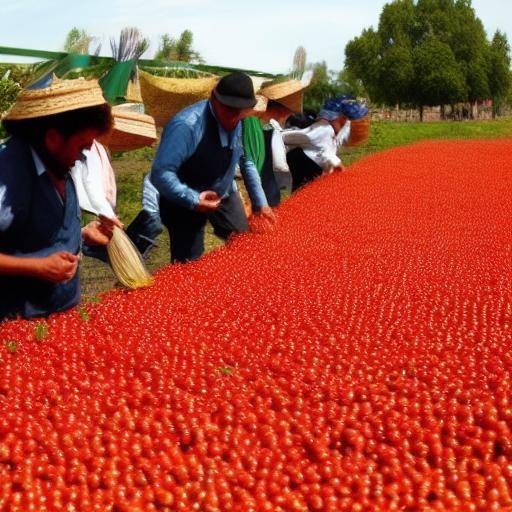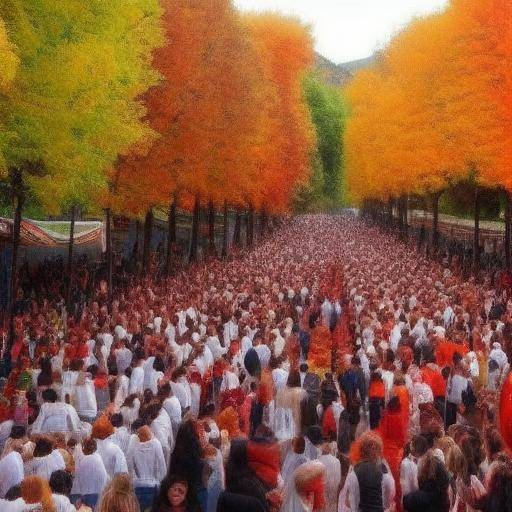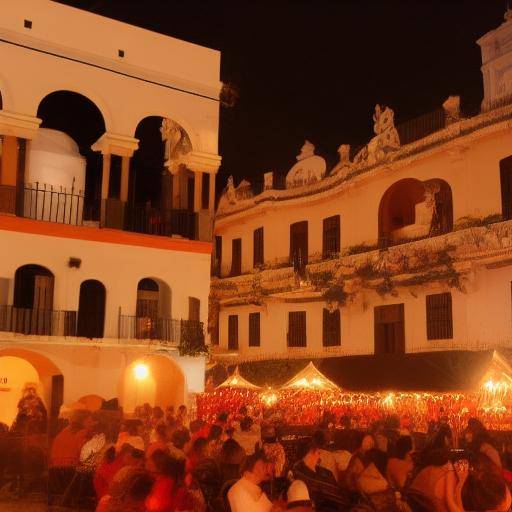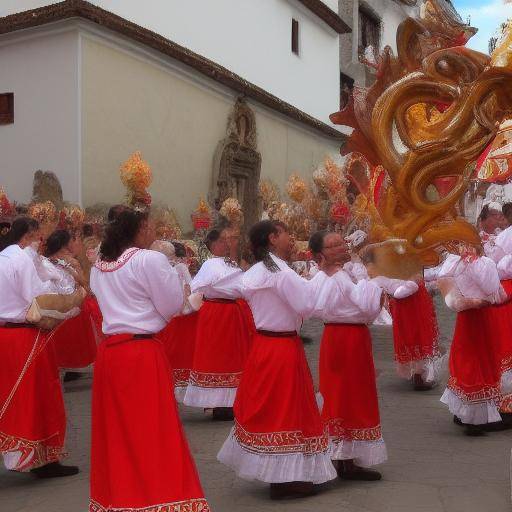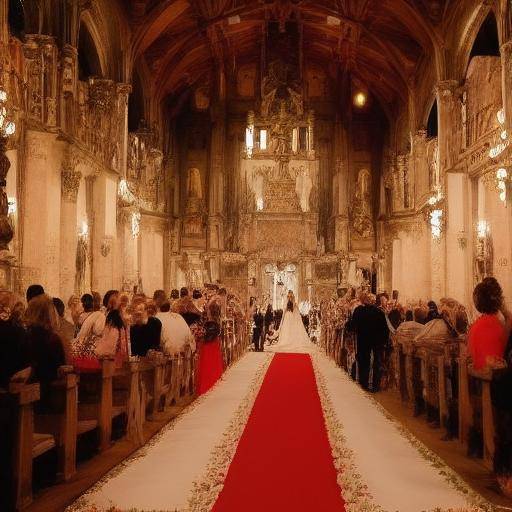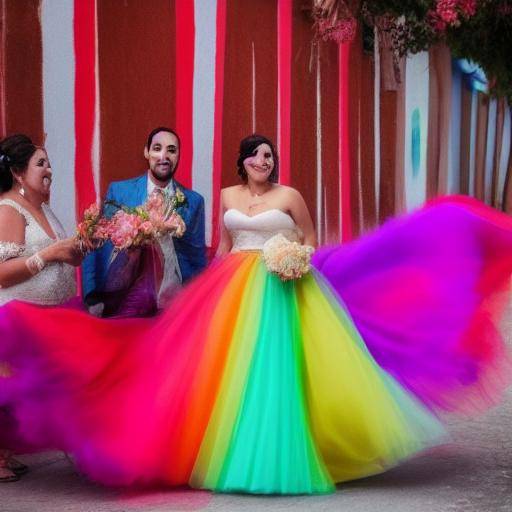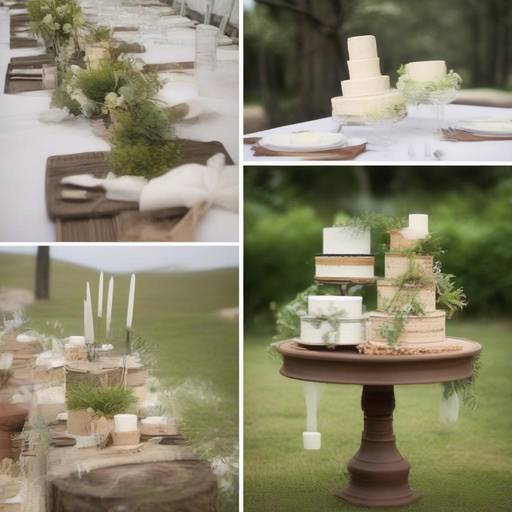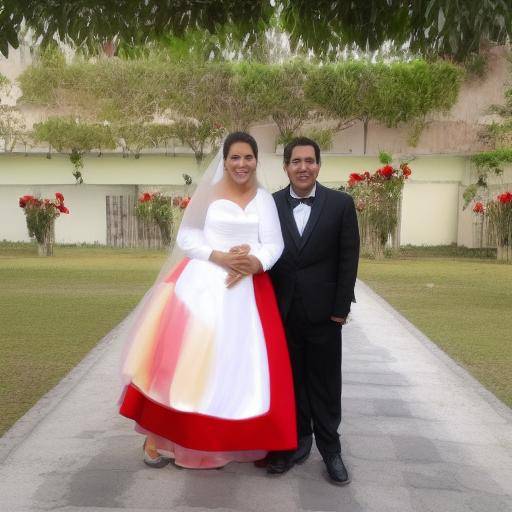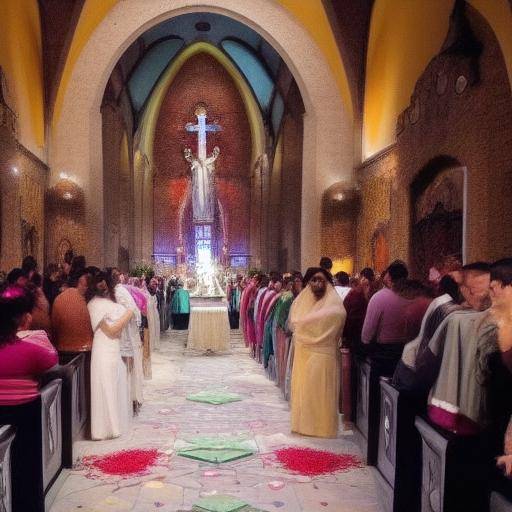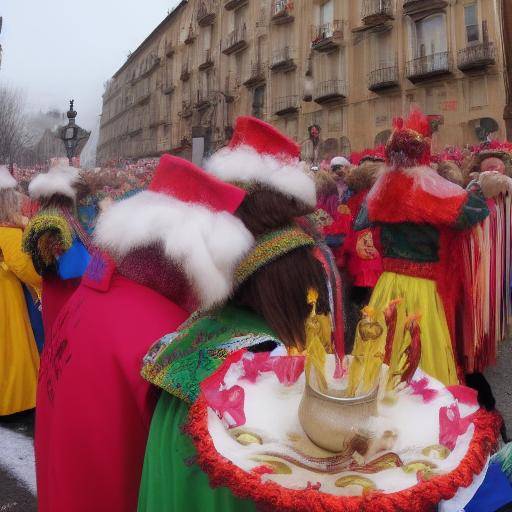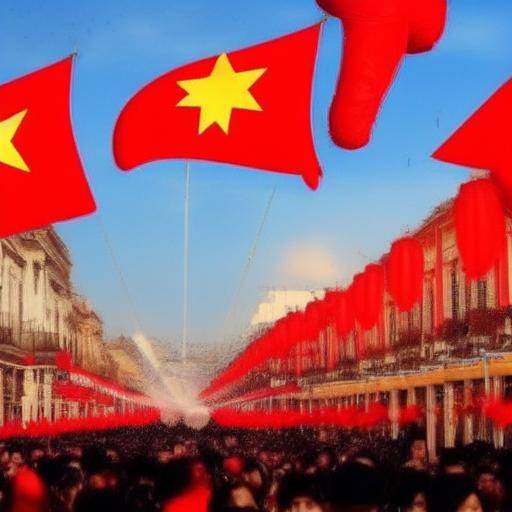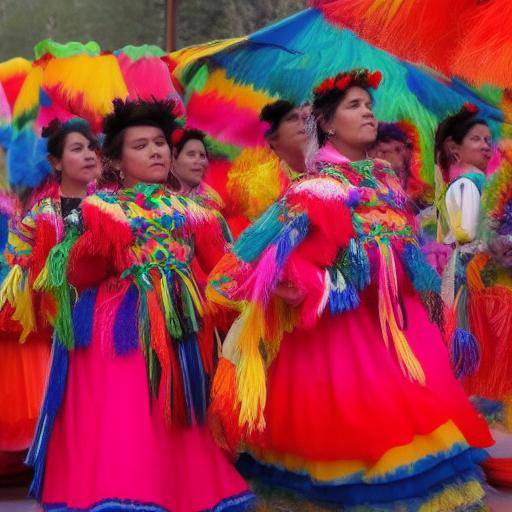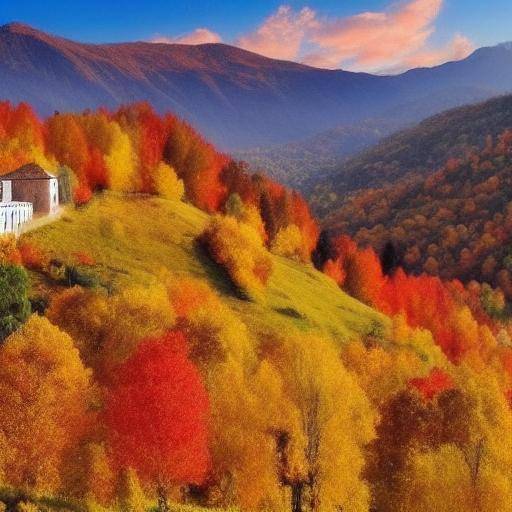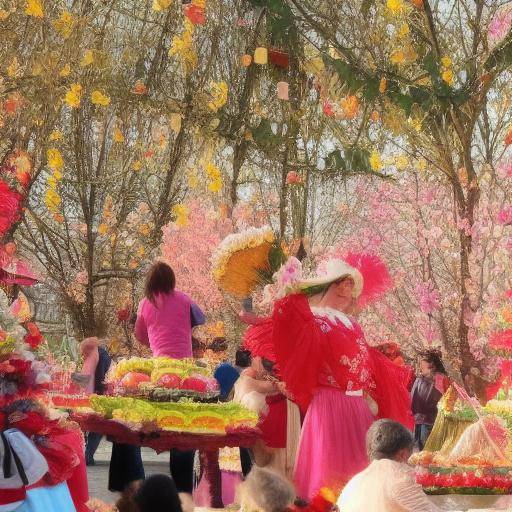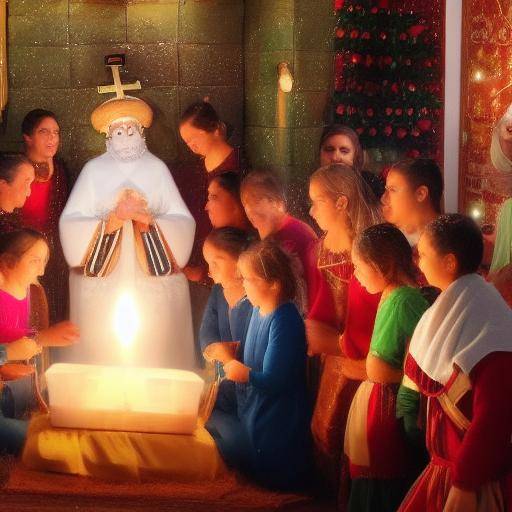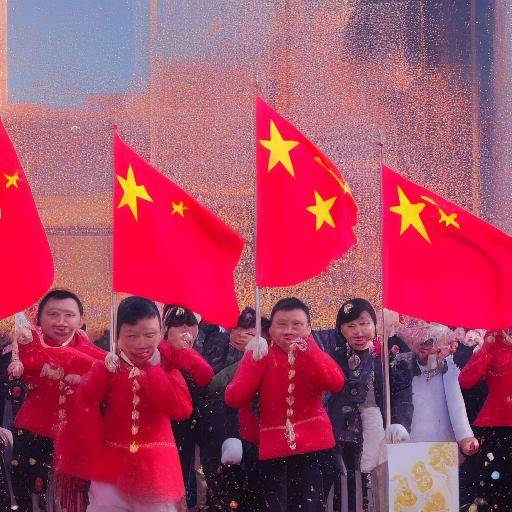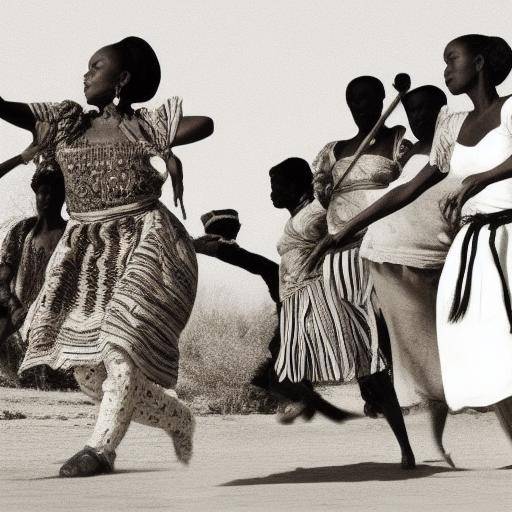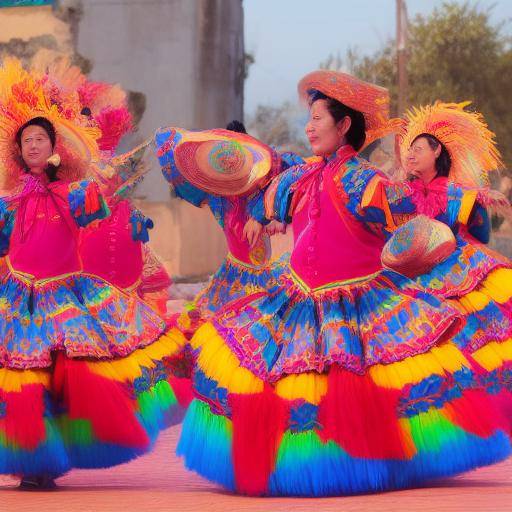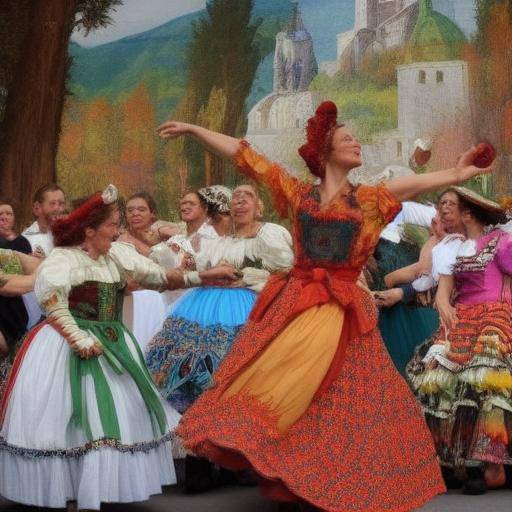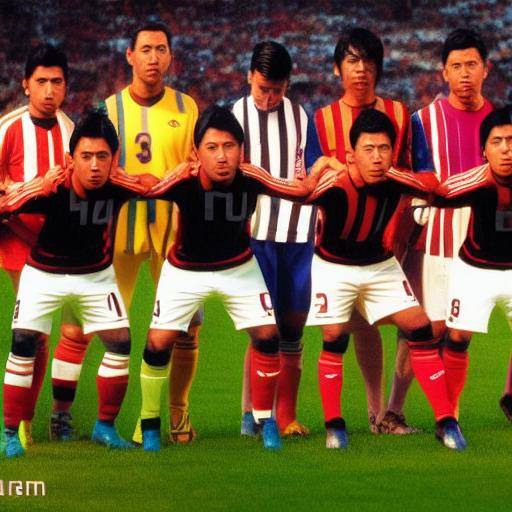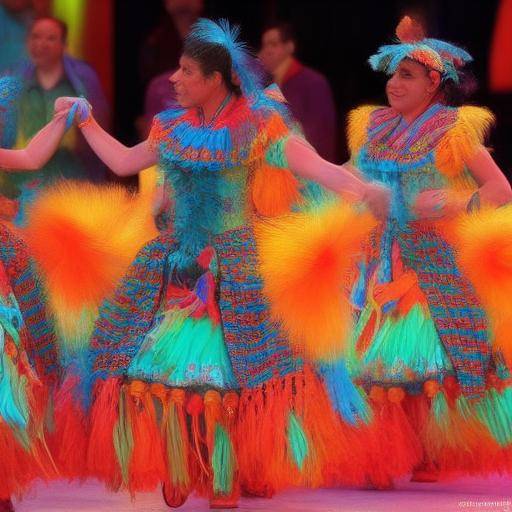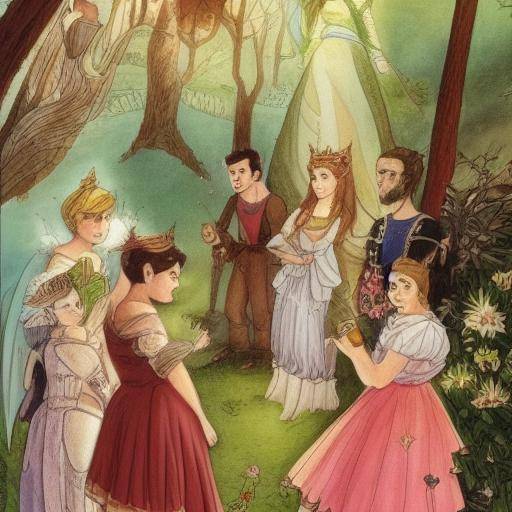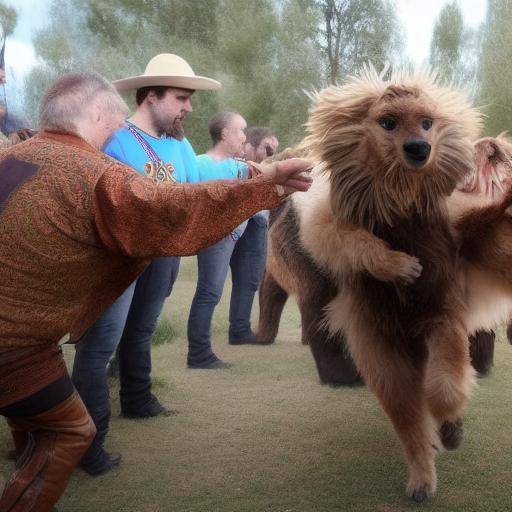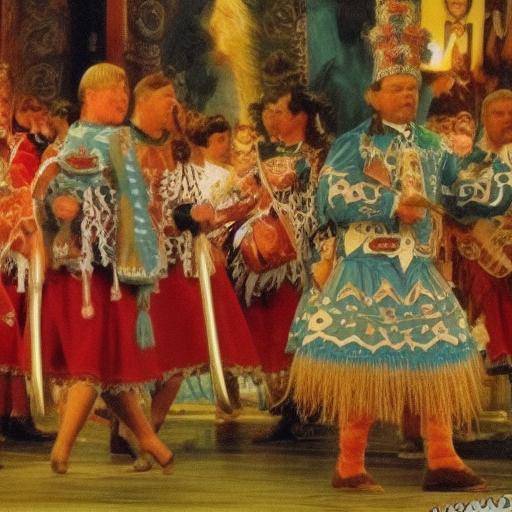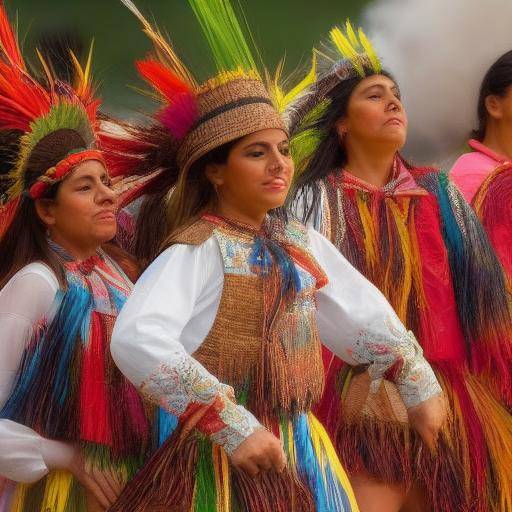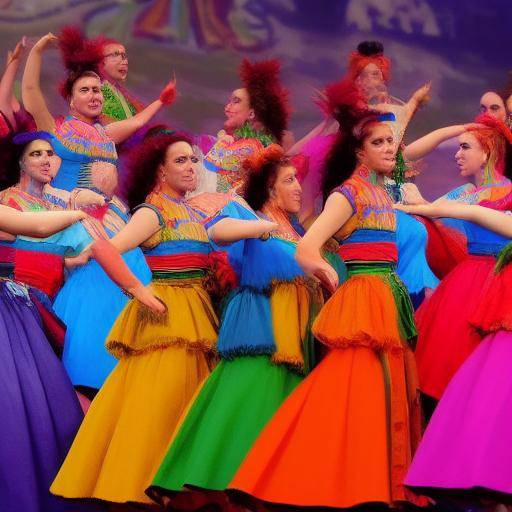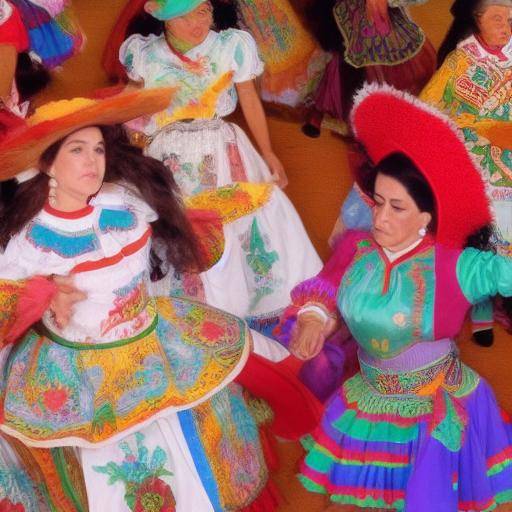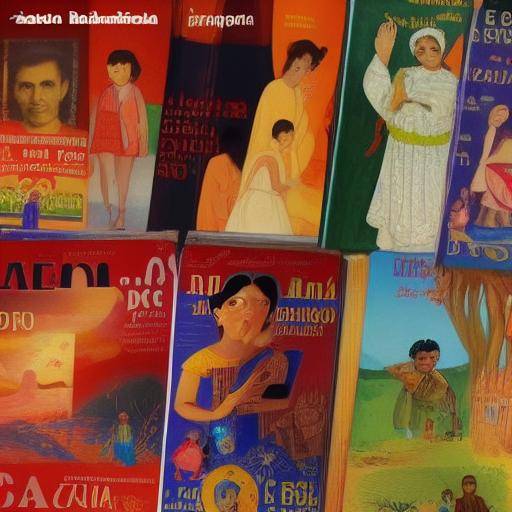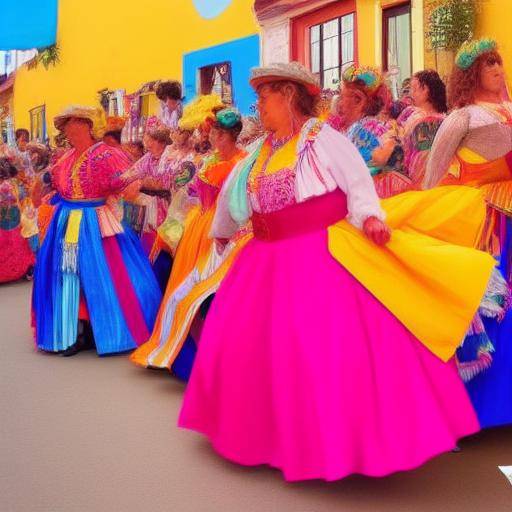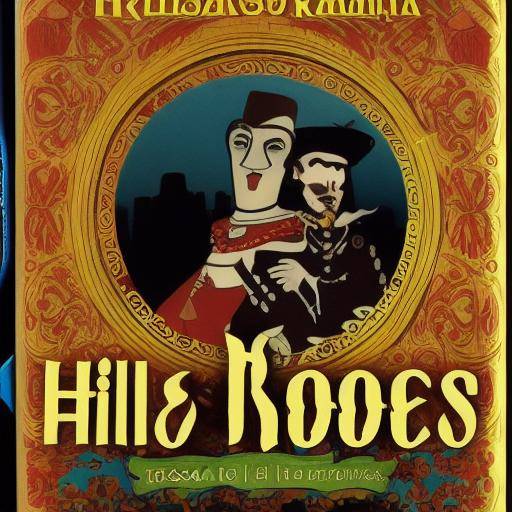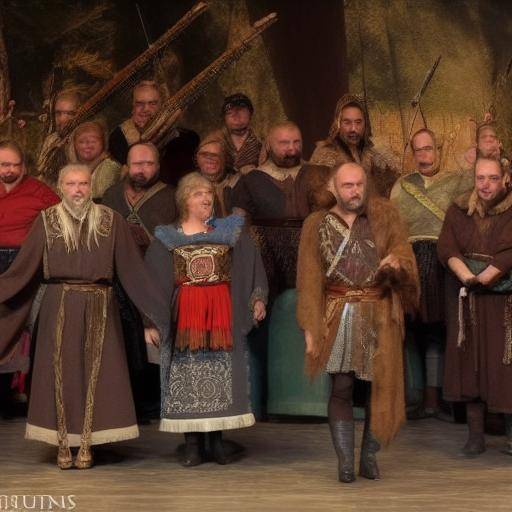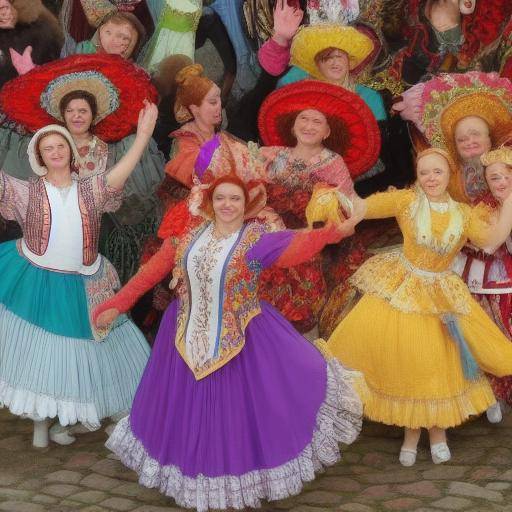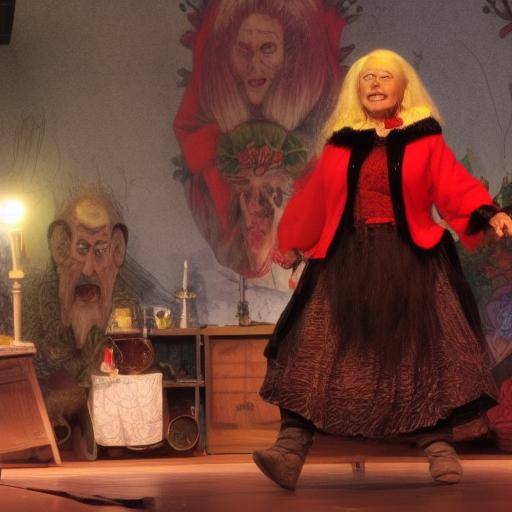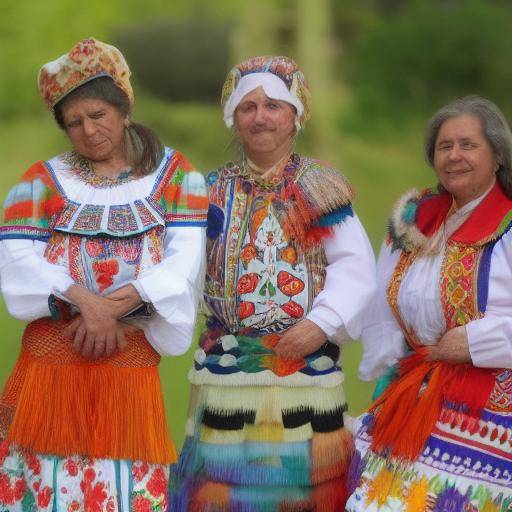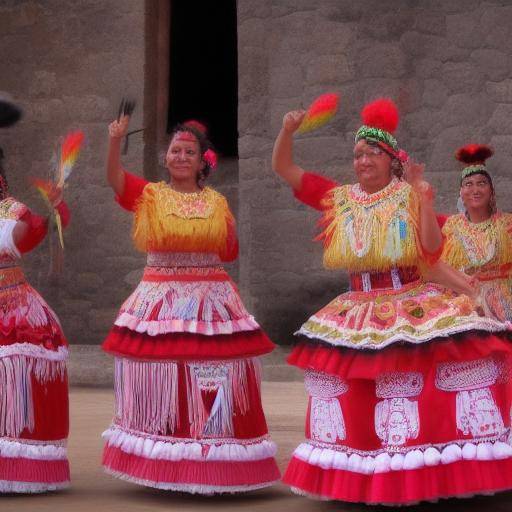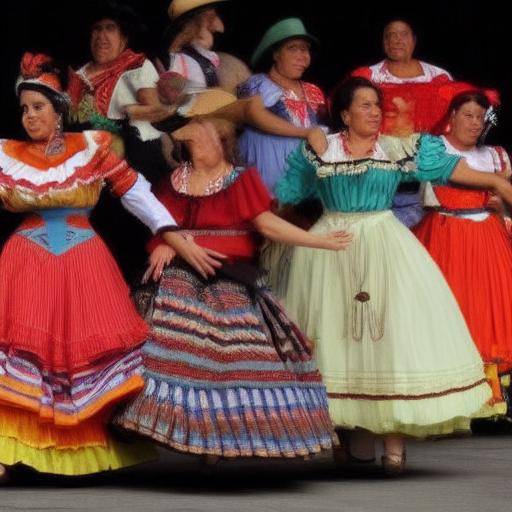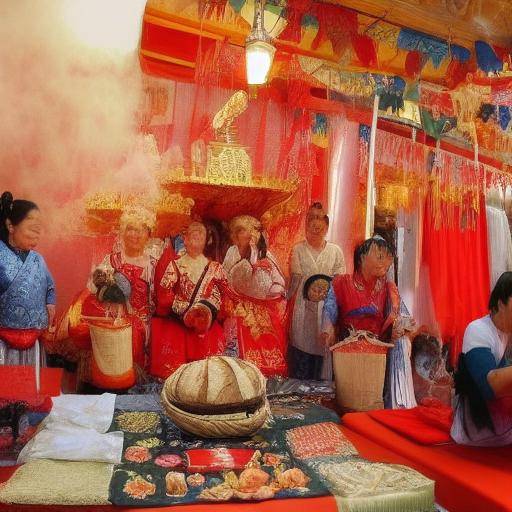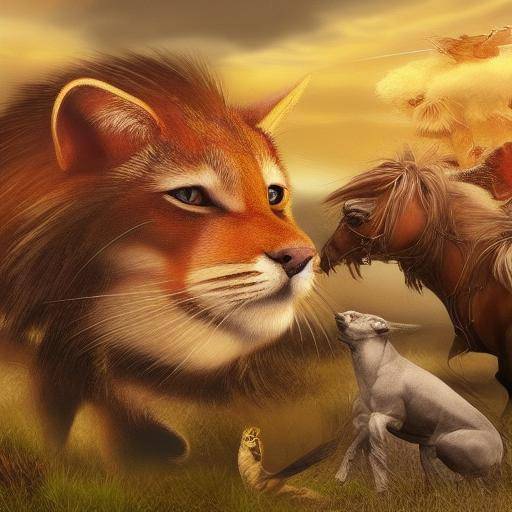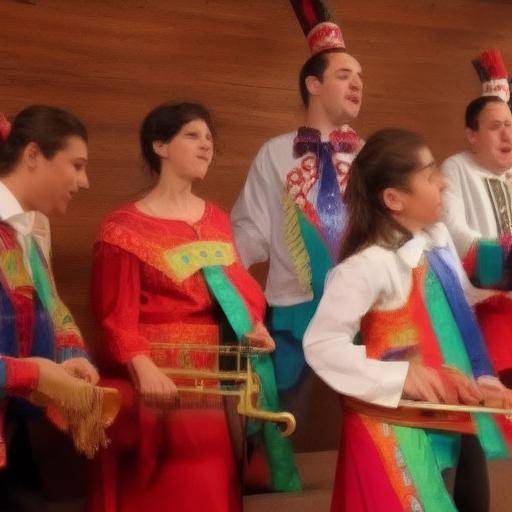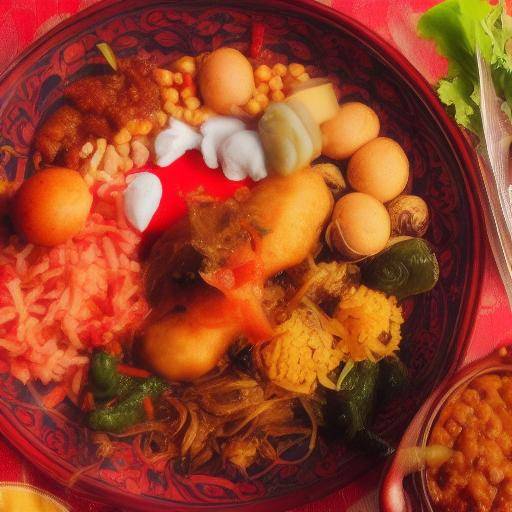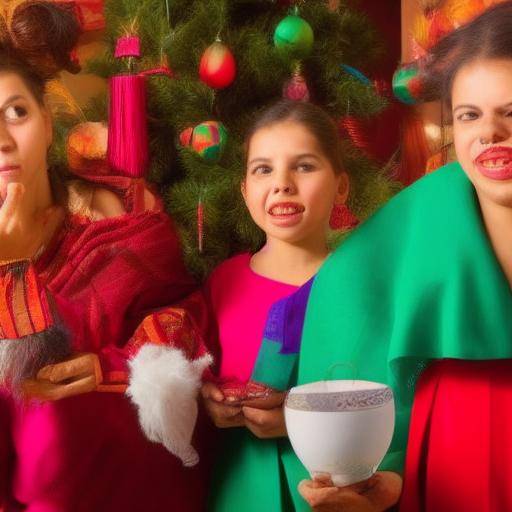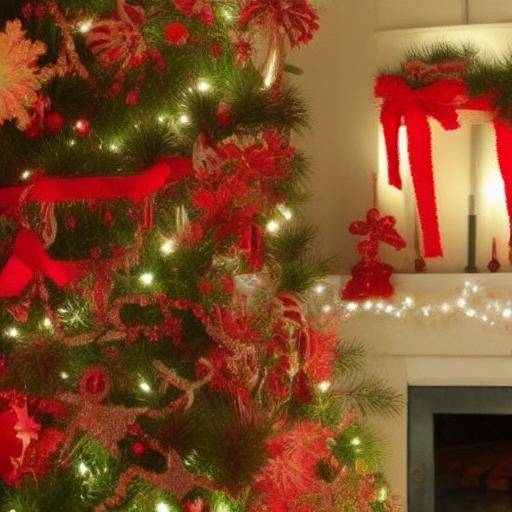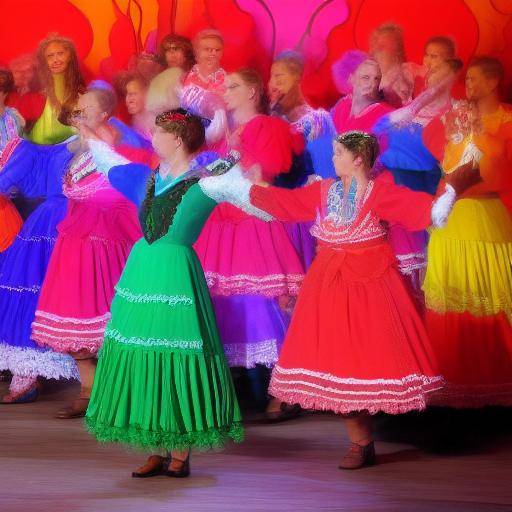
Russian folklore is rich in symbols and traditions rooted in the culture and collective imagination of this vast country. Among these symbols, the colors occupy a prominent place, since each tone has deep associations and meanings that have endured over time. In this extensive article, we will explore the symbolism of colors in Russian folklore, its importance in traditions and its relevance today.
Introduction
Since ancient times, colors have had a profound symbolic meaning in different cultures. In the case of Russian folklore, colors are not only aesthetic elements, but also convey messages and meanings that have lasted over generations. In this exploration, we will discover the roots of this symbolism, its influence on Russian folklore and the traditions surrounding it. We will also analyze how these meanings continue to influence contemporary society.
History and Background
The symbolism of the colors in Russia has its roots in ancient traditions and beliefs of the Russian people. From pagan times to the Christian era, colors have played a fundamental role in everyday life and in festive celebrations. Each tonality is associated with a particular meaning, whether in religious rituals, popular holidays or in traditional clothing.
During the rise of the Russian Empire, the colors also acquired political and social connotations, reflecting the hierarchy of society and national identity. As Russia experienced significant changes throughout its history, the symbolism of the colors adapted to the new circumstances, maintaining its relevance in different aspects of Russian life.
The richness of the symbolism of colors in Russian folklore is manifested in various forms, from religious iconography to popular customs, and has evolved over the centuries without losing its essence.
Comprehensive analysis
To understand in depth the symbolism of the colors in Russian folklore, it is crucial to analyze its influence in various spheres of society. From the painting of religious icons to traditional handicrafts, the colors have played a leading role in the artistic expression and the Russian cosmovision.
In the painting of icons, for example, each color has a unique symbolic representation that reflects the divine attributes and the sacred narratives. Meanwhile, in the decoration of traditional fabrics and embroideries, colors are used to convey emotional and cultural messages, often associated with celebrations and rituals.
In addition, in popular festivals and rituals, colors acquire a special meaning, linked to hope, fertility, protection or mourning, depending on the occasion. These associations are also reflected in traditional clothing, where each region of Russia has its own pallets of distinctive colors, with meanings rooted in local history and ancestral traditions.
Comprehensive review
The symbolism of colors in Russian folklore continues to be a relevant part of contemporary culture, influencing various areas such as design, visual arts and fashion. Today, Russian artists and designers continue to incorporate the meanings of the colors into their creations, either to revitalize traditional iconography or to reinterpret it in a modern context. Also, in the field of color psychology, the symbolism of the colors in Russian folklore has also awakened interest, revealing the depth of its impact on the collective psyche.
From an anthropological and sociological perspective, the study of the symbolism of colors in Russian folklore offers a unique window to understand the cosmovision and cultural identity of this people. It also provides a solid basis for exploring the social dynamics and values rooted in tradition.
Comparative analysis
By comparing the symbolism of the colors in Russian folklore with other cultural traditions, it is evident that there are similarities and differences that enrich the understanding of this phenomenon. While some meanings of the colors can overlap with those of other cultures, there are specific interpretations and distinctive nuances that make the symbolism of the colors in Russian folklore unique and fascinating.
For example, the use of red can be associated with love and passion in many cultures, but in Russian folklore it is also linked to beauty, wealth and vital energy. Similarly, blue, commonly associated with serenity and spirituality, acquires additional connotations related to protection and connection with the divine in Russia.
Practical advice and recommendations
For those who wish to explore the symbolism of colors in Russian folklore, it is important to take into account the depth of their meaning and their impact on everyday life. When it comes to reflecting these concepts in works of art, design or even in the choice of outfits for special occasions, understanding the symbolic value of each color can enrich the creative expression and strengthen the link with cultural roots.
As you venture into the understanding and use of colour symbolism in the context of Russian folklore, it is essential to investigate and absorb the richness of your history, mythology and traditions. Although interpretations change over time, the evocative sense and the emotional resonance of colors in Russian folklore remain an inexhaustible source of inspiration and meaning.
Perspectives and views of experts
According to experts in Russian folklore and culture, the symbolism of colors plays a crucial role in the preservation and transmission of cultural heritage. For scholars in the history of art and anthropology, the colors in Russian folklore offer valuable clues to the mentality and the worldview of past generations, illustrating their connection to the natural and transcendent world.
This multidisciplinary perspective allows an integral approach to the symbolism of the colors in the Russian folklore, enriching the understanding of its meaning and its relevance in the current context.
Case studies and practical applications
An outstanding example of the application of the symbolism of the colors in the Russian folklore is found in the traditional festivities, where the rituals and visual representations reflect the symbolic wealth of each tonality. These cultural expressions offer valuable lessons on the importance of preserving and transmitting the traditional meanings of colors to future generations.
In addition, in the world of design and fashion, the symbolism of the colors in Russian folklore has inspired creators from around the world to explore new interpretations and fusions of styles, bringing freshness and authenticity to contemporary creation.
Future trends and predictions
As the globalized world continues to generate cultural exchanges, the symbolism of colors in Russian folklore is projected as a source of inspiration and fascination for artists, designers and scholars from around the world. The preservation and revaluation of these traditions ensures that their influence and meaning perish in the international cultural landscape.
Current research on the symbolism of colors offers new perspectives on Russian folklore and its relevance in the contemporary world, suggesting that its impact will remain relevant to future generations.
Conclusion
In conclusion, the symbolism of the colors in Russian folklore is a tangible manifestation of the cultural and spiritual wealth of this country. Through its evocative meaning and its multiple applications in everyday life, the colors in Russian folklore continue to be a source of inspiration and wonder for those who seek to understand the complexity and beauty of this ancestral tradition. In exploring its history, meaning and contemporary applications, it is clear that the symbolism of colors in Russian folklore is a cultural treasure that deserves to be appreciated and preserved.
Frequently asked questions
Why are the colors important in Russian folklore?
The colors in Russian folklore are fundamental because they convey deep meanings that reflect the cosmovision and cultural identity of the Russian people. In addition, colors are intrinsically linked to traditions, festivities and artistic expression, enriching everyday life and popular celebrations.
How are the meanings of the colors conveyed in Russian folklore?
The meanings of the colors in Russian folklore are transmitted through generations, both in religious iconography and in popular customs and traditions. Traditional clothing, crafts and festivities are vehicles through which the symbolic meanings of colours are preserved and transmitted.
What is the meaning of some specific colors in Russian folklore?
Red symbolizes beauty, wealth and power; blue is associated with protection and connection with the divine; green represents nature, renewal and hope; white symbolizes purity and divine light, among others. Each color has multiple meanings that vary according to context and tradition.
How does color symbolism influence contemporary art and design?
The symbolism of the colors in Russian folklore has inspired artists and designers to explore new interpretations and to incorporate traditional elements into works of art, fashion design and decoration. This influence enriches contemporary creation and fosters the preservation of cultural traditions.
What role do colors play in traditional festivities and rituals in Russia?
In traditional festivities and rituals in Russia, colors play a fundamental role in symbolizing community values, emotions and aspirations. The colors used in clothing, decorations and religious symbols enrich the celebrations, providing profound meanings and strengthening cultural links.
How can the meanings of colors in Russian folklore inspire creativity and personal expression?
The meanings of colors in Russian folklore can inspire creativity and personal expression by providing a wide range of symbolic associations that enrich artistic interpretation and choice of colors in various areas, such as painting, fashion, home decoration and personal expression through clothing.
Sources
- "The symbolism of colors in contemporary Russian culture", Institute of Folklore and Russian Cultural Heritage, link
- " Symbols and traditions in Russian folklore", Revista Cultural Rusa, link
- "The symbolism of colors in Russian religious iconography", Museum of Sacred Art, Moscow, link
With this deep exploration of the symbolism of the colors in Russian folklore, we hope to have shed light on the cultural and spiritual richness present in every tonality. As ancient traditions intertwine with the contemporary world, colors remain a window to the collective soul of Russia, revealing its magic and living heritage.


